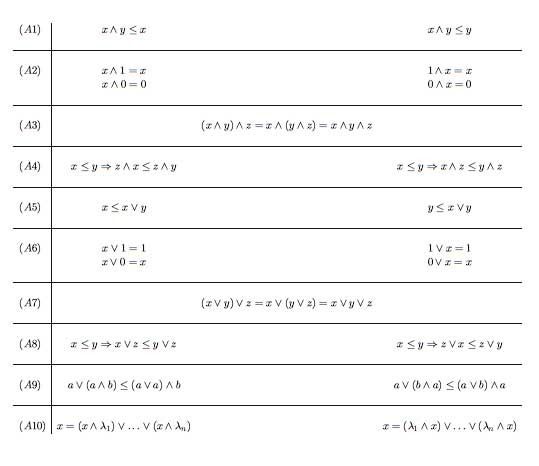For a
qurve (aka formally smooth algebra) A a *block* is a (possibly infinite
dimensional over the basefield) left A-module X such that its
endomorphism algebra $D = End_A(X)$ is a division algebra and X
(considered as a right D-module) is finite dimensional over D. If a
block X is finite dimensional over the basefield, we call it a *brick*
(aka a *Schur representation*). We want to endow the set of all blocks
with a topology and look at the induced topology on the subset of
bricks. It is an old result due to Claus Ringel
that there is a natural one-to-one correspondence between blocks of A
and algebra epimorphisms (in the categorical sense meaning that identify
equality of morphisms to another algebra) $A \rightarrow M_n(D) =
End_D(X_D)$. This result is important as it allows us to define a
partial order on teh set of all A-blocks via the notion of
*specialization*. If X and Y are two A-blocks with corresponding
epimorphisms $A \rightarrow M_n(D),~A \rightarrow M_m(E)$ we say that Y
is a specialization of X and we denote $X \leq Y$ provided there is an
epimorphism $A \rightarrow B$ making the diagram below commute
$\xymatrix{& M_n(D) \\\ A \ar[ru] \ar[r] \ar[rd] & B \ar[u]^i
\ar[d]^p \\\ & M_m(E)} $
where i is an inclusion and p is a
onto. This partial ordering was studied by Paul Cohn, George Bergman and
Aidan Schofield who use
the partial order to define the _closed subsets_ of blocks to be
those closed under specialization.
There are two important
constructions of A-blocks for a qurve A. One is Aidan’s construction of
a universal localization wrt. a *Sylvester rank function* (and which
should be of use in noncommutative rationality problems), the other
comes from invariant theory and is related to Markus Reineke’s monoid in
the special case when A is the path algebra of a quiver. Let X be a
GL(n)-closed irreducible subvariety of an irreducible component of
n-dimensional A-representations such that X contains a brick (and hence
a Zariski open subset of bricks), then taking PGL(n)-equivariant maps
from X to $M_n(\mathbb{C})$ determines a block (by inverting all central
elements). Now, take a *sensible* topology on the set of all A-bricks.
I would go for defining as the open wrt. a block X, the set of all
A-bricks which become simples after extending by the epimorphism
determined by a block Y such that $Y \leq X$. (note that this seems to
be different from the topology coming from the partial ordering…).
Still, wrt. this topology one can then again define a *noncommutative
topology* on the Abelian category $\mathbf{rep}~A$ of all finite
dimensional A-representations
but this time using filtrations with successive quotients being bricks
rather than simples.
 and
and